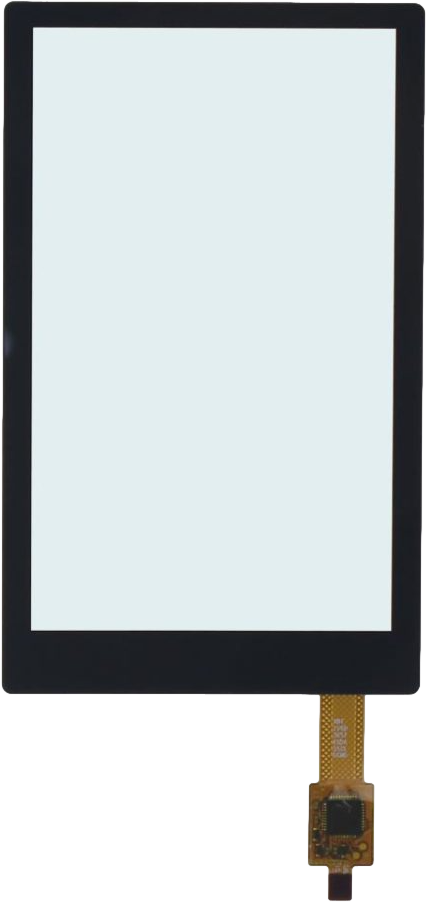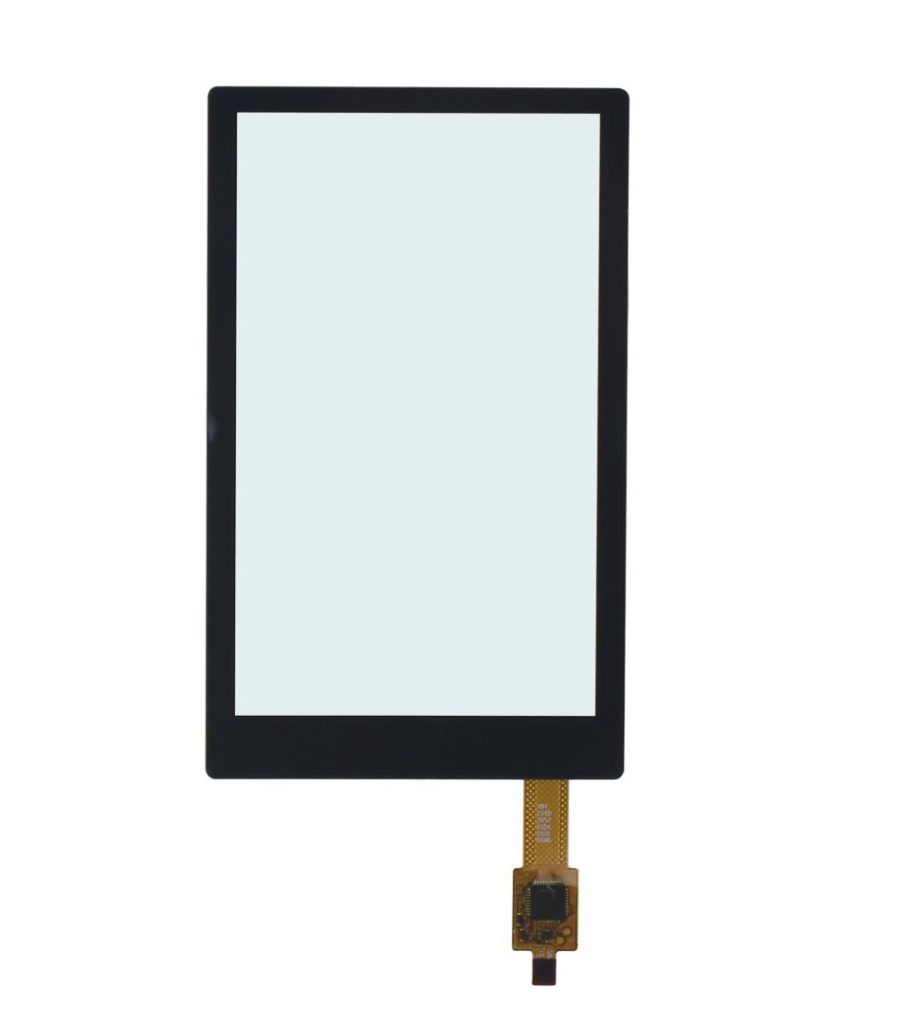What is G+F Projected Capacitive Touch Screen?
G+F projected capacitive touch screens are a type of projected capacitive touch screen that uses a cover glass and a film sensor to function. The cover glass is placed on top of the sensor, which detects touch. This type of touch screen is known for its low cost, thinness, and reliability.
Dr Pan: Welcome to DISPLAY Museum. I am Dr Pan, the curator of Museum.
Greg: Hello, Dr Pan. I am Greg. There are so many structures for projected capacitive touch screen. May I ask what G+F structure is?
Dr Pan: Hello, Greg. G+F means cover glass + film sensor. It is going to need single-layer film sensor to achieve the touch function. Let us look at the structure “One-sheet one-ITO piled-up structure”. From top to bottom, Cover glass , OCA, ITO and Film.
Advantage: low R&D, low cost, thin, short delivery time, replaceable cover glass, high transmission, high strength, high reliability.
Disadvantage:single touch point, low anti-ESD, low anti-interference, only suitable for the sizes less than 6 inch.
Greg: Dr Pan, we can barely see G+F structure capacitive touch screen on the market, why?
Dr Pan: It can’t be widely used because it can’t support multi-touch and it is only suitable for small sizes. But it is still used for single-touch-point equipments because of relatively low cost.
Greg: Thank you, Dr Pan. Now I got it.
Dr Pan: Welcome to contact us if you have any question.


